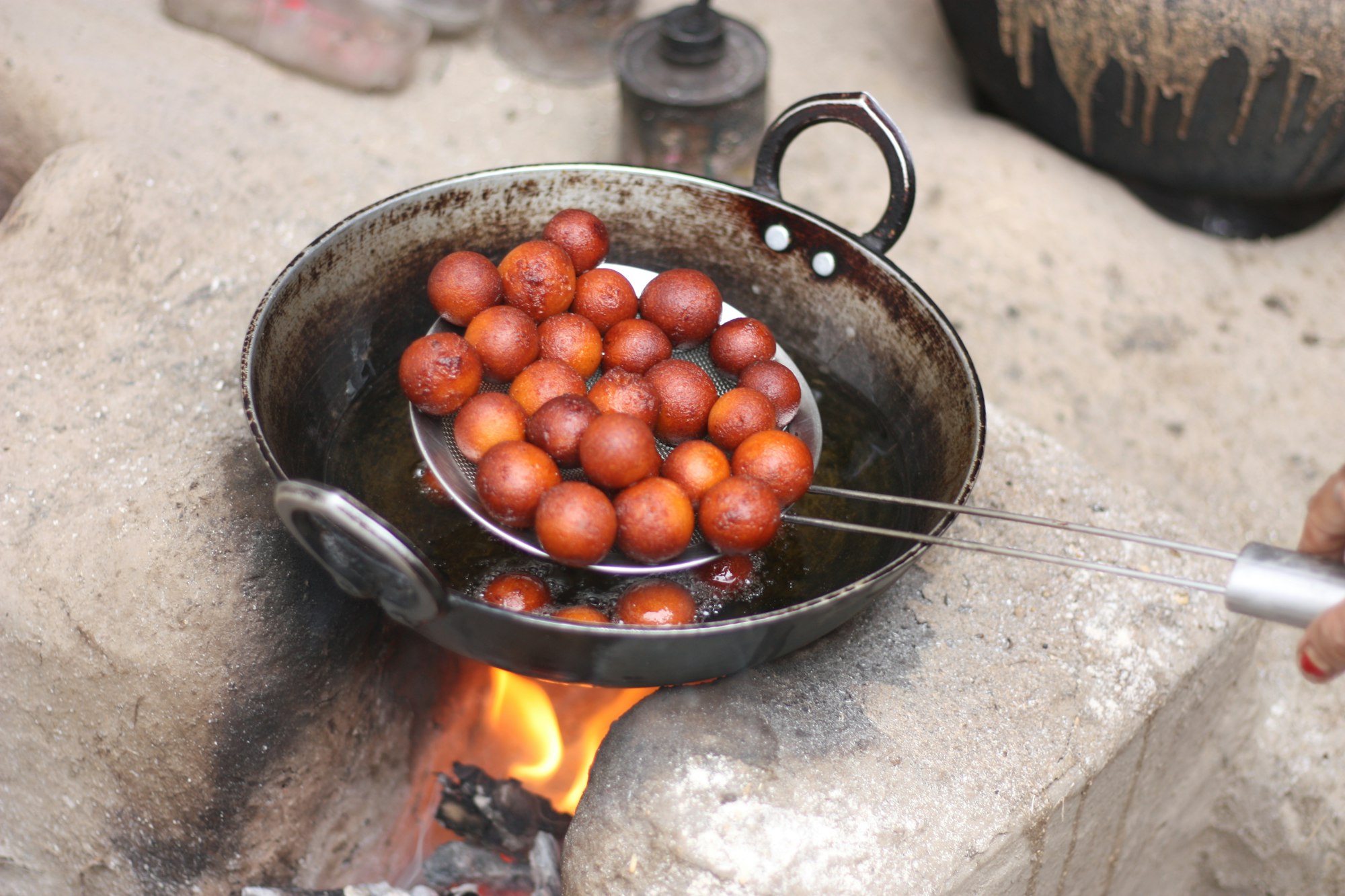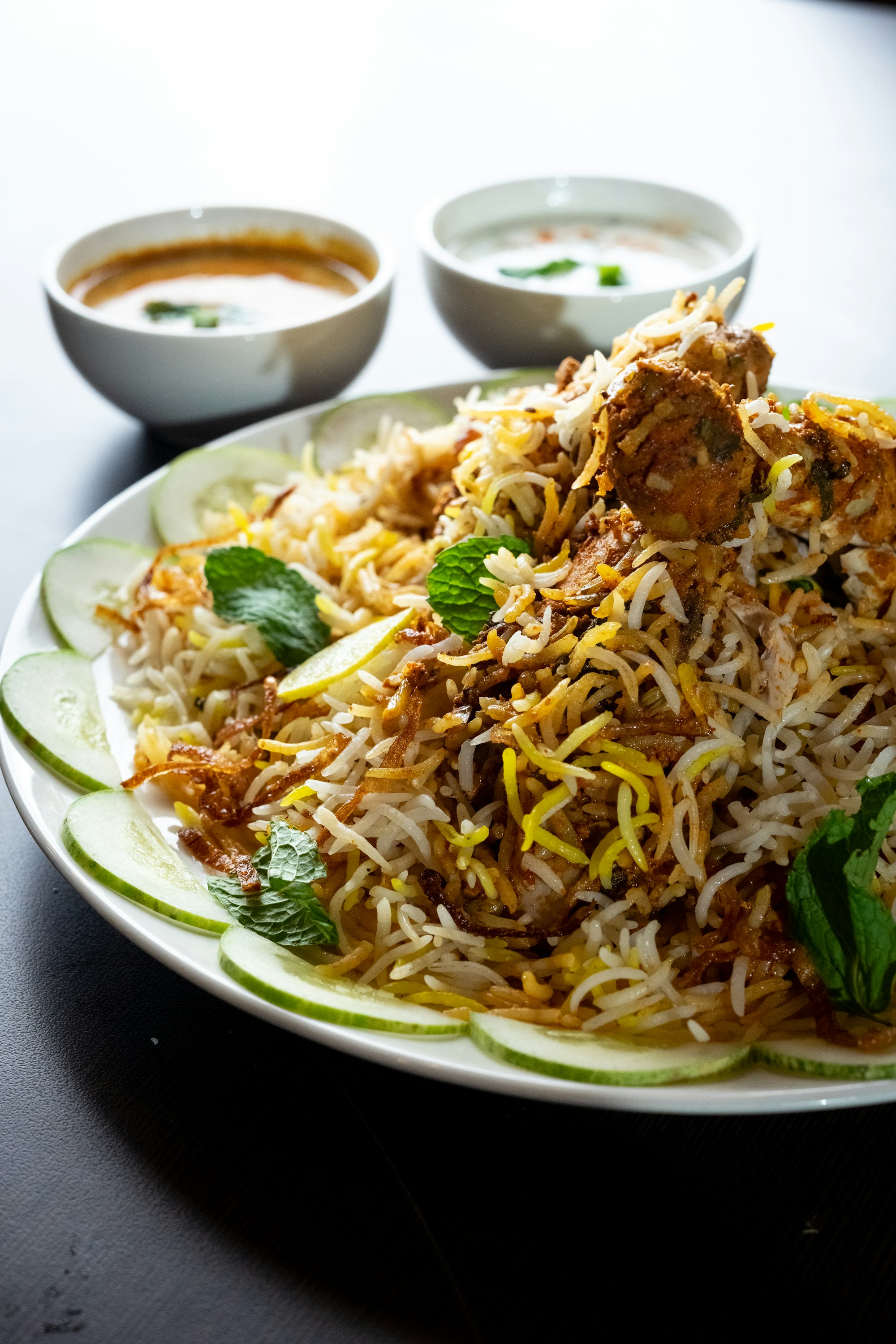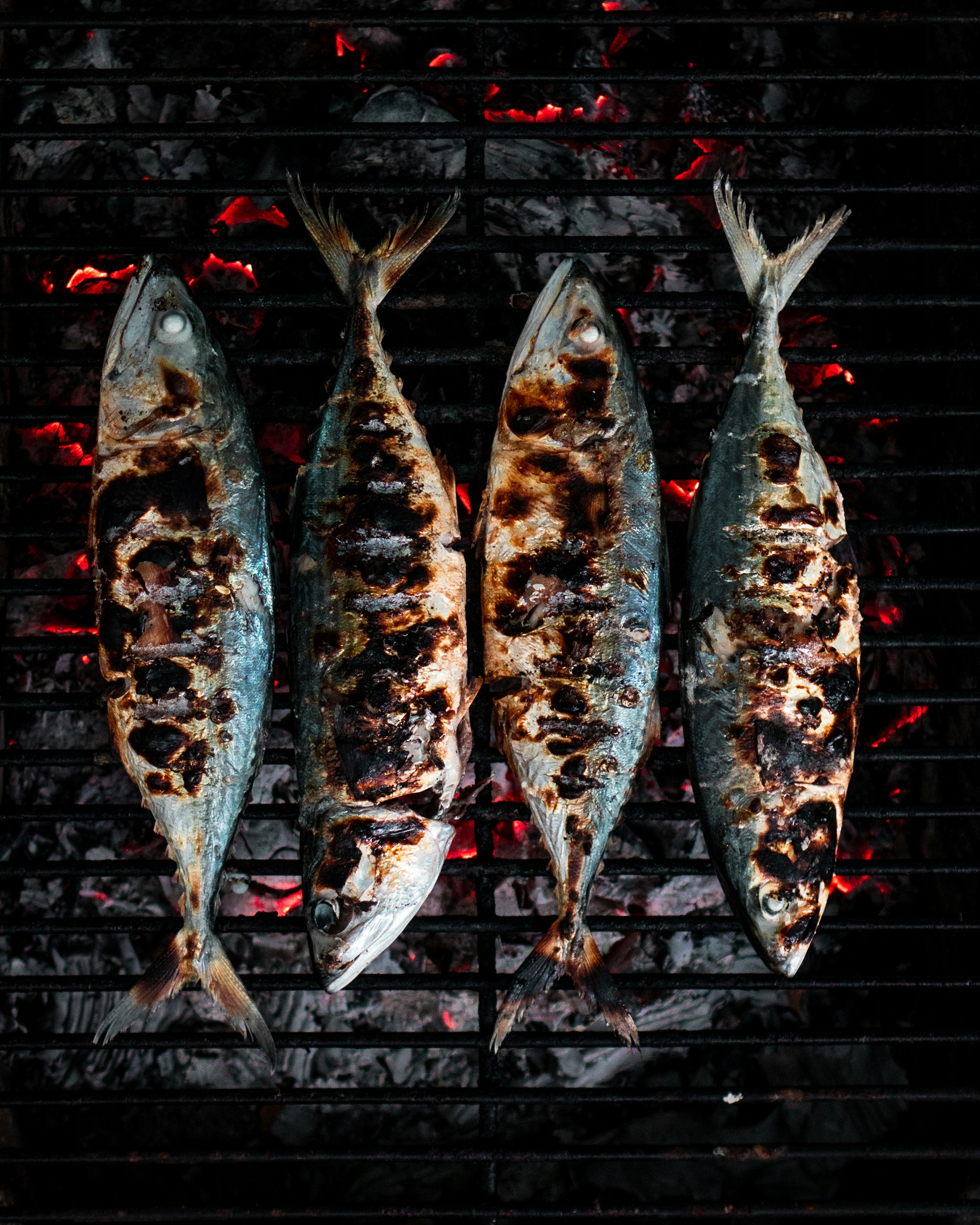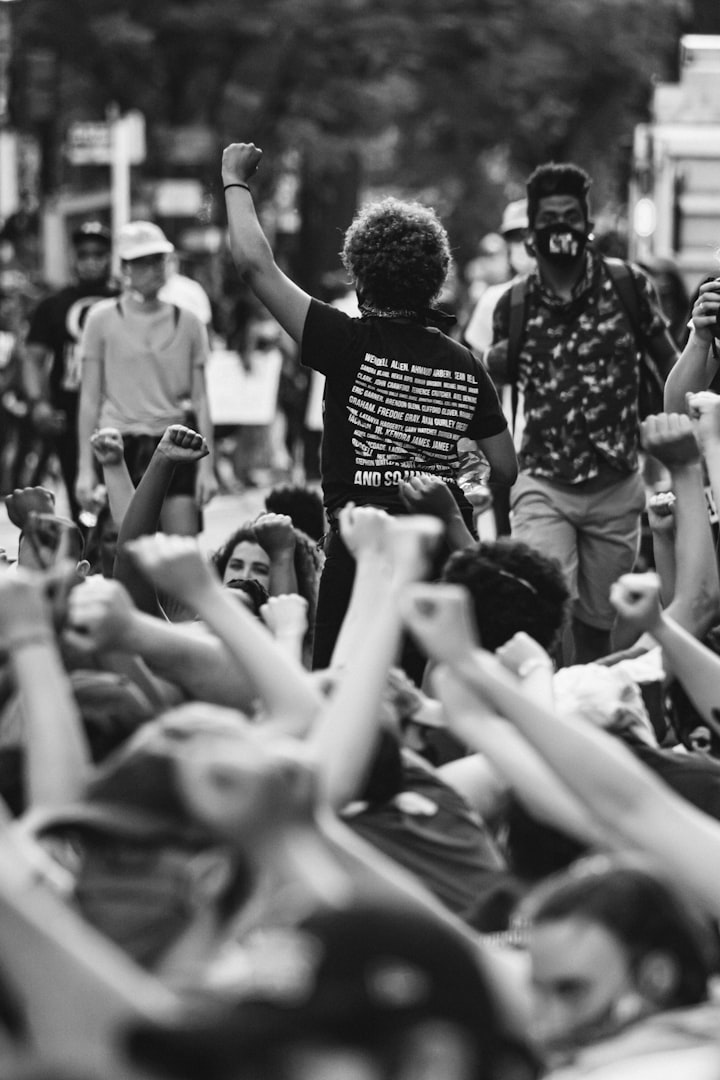Biryani, Betel Leaves, and Lentils: a Food-Centric Analysis of A Burning

Traveling is, in my opinion, one of the best things a person can do. It broadens your worldview, gives you insight into different peoples and cultures, and makes you an all around better person. And on top of all that, it allows you to explore and sample cuisines and foods you never would have even heard of before.
Such was the case moving to Kuala Lumpur for me. Within the boundaries of the city exist a mashup of Chinese, Indian, Thai, and Western cuisines that create a blend of mouth-watering restaurants, cafes, and hole-in-the-wall restaurants to eat in. While there, I took the time to explore as much as I could, and made myself familiar with the various rice dishes, wraps, fried foods, and snacks that lined the streets of the city.
Because of my familiarity with all sorts of South-Asian cuisines, reading about the myriad of different Indian dishes, treats, and snacks scattered throughout the novel A Burning by Meghan Majumdar frankly made me hungry! From biryani to muri to roshogolla (which is amazing and you must try it), the food throughout the book not only shows up in great quantity, but in great significance too. The types of food people prepare or decide to eat say a lot about them and the circumstances they find themselves in, and taking a close look at these patterns can reveal insights into both individual characters in society.

The Foods: Biryani
The humble biryani. This is eaten by people all over the book, from attendees of a right-wing political party to elaborate wedding spreads (72, 156). For those of you not familiar with the dish, biryani is a spiced rice dish that can contain a wide variety of proteins, including fish, chicken, mutton, or egg. At first glance, the dish doesn’t seem to hold much significance; it is a fairly common dish in the region after all. However, the specific proteins that people add to it can say a lot about their class and ability.

Upper Class: Mutton and Chicken
In India, Mutton is a rather expensive meat in comparison to a lot of others (historically, it has been 70-80% more expensive to buy than other meats). So, when mutton shows up in the novel, it exists as a clear indicator of money and social status in the book. Not many people are able to afford mutton, so when Jivan’s neighbor cooks it up for Eid or PT Sir receives it in a VIP box at a rally after helping fix the microphone, it stands as a clear sign of the wealth and ability of the people involved who are able to cook it (133,72). Eating chicken, although also a sign of affluence, is much less so than mutton. Those who prepare biryani with chicken then effectively show themselves to be much more middle class (such as Azad at his wedding) as a result (156).
There is one notable exception, however. Bimla Pal, a politician who is MOST definitely upper class, is never shown to eat meat. ever. She eats lentils and daal, fish curry, kochuri and alur dom, but never any expensive proteins. However, her status as a politician sets her apart from many other upper class members. If she campaigned to the masses as a meat-eating rich person that was out of touch with the common folk, it would have made her election prospects far less likely. Thus, she exists as the one outlier to this rule: she avoids meat not because she can't necessarily afford it, but instead because she must maintain a personality to the general public.
Working Class: Fish

Looking at proteins in rice dishes can rather effectively distinguish upper and middle-class consumers, but what about the working classes? Usually, with the exception of key festivals and religious holidays, meat isn’t a part of their diet. Jivan says this explicitly in one of her flashbacks to when she lived in a very rural village, where they all hoped the school (one of her chief sources of food at the time) might serve chicken for a religious holiday. Even that didn’t manifest, and she was left chicken-less (77).
What sets apart those of a working class, then, if not just for lack of various types of meat in their diet? Usually, those of working social status tend to eat much more vegetables and rice, perhaps with roti (or ruti, depending on the dialect) on the side as well. Dishes seen in the book include a number of different rice dishes with either yogurt (as eaten by Jivan’s parents (195)) or cheap fish curry (136). As rice is very cheap, some of the poorest can only afford rice to sustain themselves. Anything to go with the rice, especially poultry or red meats, are very much an added cost. Thus, many of the poorest working-class members in A Burning eat very plain rice dishes to stretch their few rupees as far as possible.
Lower-end Working Class: Narcotics and Rations
Looking even farther down the social ladder, there exist two different types of foods that exist as markers of extremely low social rankings. One of those foods is paan. When Jivan flashed back to her time living in rural India as a child, she shared how her indifferent school teacher would consume paan in the middle of class as she solicited money for test answers (77). For those of you unfamiliar with paan, it is a stimulant containing betel nuts and lime (calcium carbonate) wrapped in betel leaves. Betel nuts are both addictive, teeth staining, and a carcinogen, functioning rather similarly to tobacco. Those who use it are effectively the lowest of the low class, as it exists as an extremely cheap chemical high that can be used as a temporary escape. Furthermore, due to its addictive nature, it can lead to a cycle of excessive use and dependency that cements a person on that lowest step of the social ladder.
Lentil Dal (daal, or dahl, depending on the dialect) and ruti (or roti) are also used to differentiate the lowest of the low on the social ladder. While imprisoned and on death row (spoiler alert), Jivan was fed the absolute minimum amount she could be fed to have her not die. Whereas regular dahl and roti is actually an enjoyable dish (and yes, I’m speaking from experience), the ‘stuff’ they fed Jivan was far from that. They gave her burnt pieces of floury roti with a bowl of ‘questionable’ dahl, consisting of a few lentils and maybe some cumin floating in a bowl of watery goop (278). For the record: dahl should not be watery. Ever. It’s basically a sin. This food that Jivan was served, the bare minimum that ensured little more than her survival, marks her status as the lowest of the low. Even without the reader knowing the circumstances that lead to her incarceration, just from looking at the food she was fed shows us how much contempt was held for her, and how little the general public actually cared for her well-being (she was effectively on death row, after all, so lack of public concern isn’t a huge shock).

To recap:
Upper Class
They can afford to spend money on things that aren’t crucial to their survival and are expensive as well. Examples include mutton and sweets.
Middle Class
The middle class is trickier to define, but it essentially bridges the gap between the vegetarian/pescatarian working class and the meat-heavy upper class. They have access to chicken, fish, and eggs, but may not be able to afford mutton and other exuberant goods on all but the most important occasions.
Working Class
Money is usually very tight, so they eat to survive. This usually means limited meat usage, the occasional fish, and a rather vegetarian-centered diet. Dahl, roti, and vegetable curries are prevalent in the upper part of the working classes, but towards the bottom, watery soups and drugs like paan tend to show up with more prevalence.
Although by no means a comprehensive list, different foods in A Burning can accurately identify a whole host of characters as a member of their respective social classes even without other knowledge of the characters in the book. By following this rough outline, it can place nearly every character in the book into their respective social classes and how they evolve over time (i.e. how PT Sir, Lovely, and Jivan’s diets change as their fates unfolded). By looking at the food characters in A Burning eat through a socio-economic lens, it clearly shows the extent of their success and downfalls as they march up and down the social ladder, and acts as a quick and efficient tool for placing various characters on their respective rungs.

If you enjoyed this article, make sure to check out Megha Majumdar’s website and purchase a copy of A Burning if you haven’t already.

